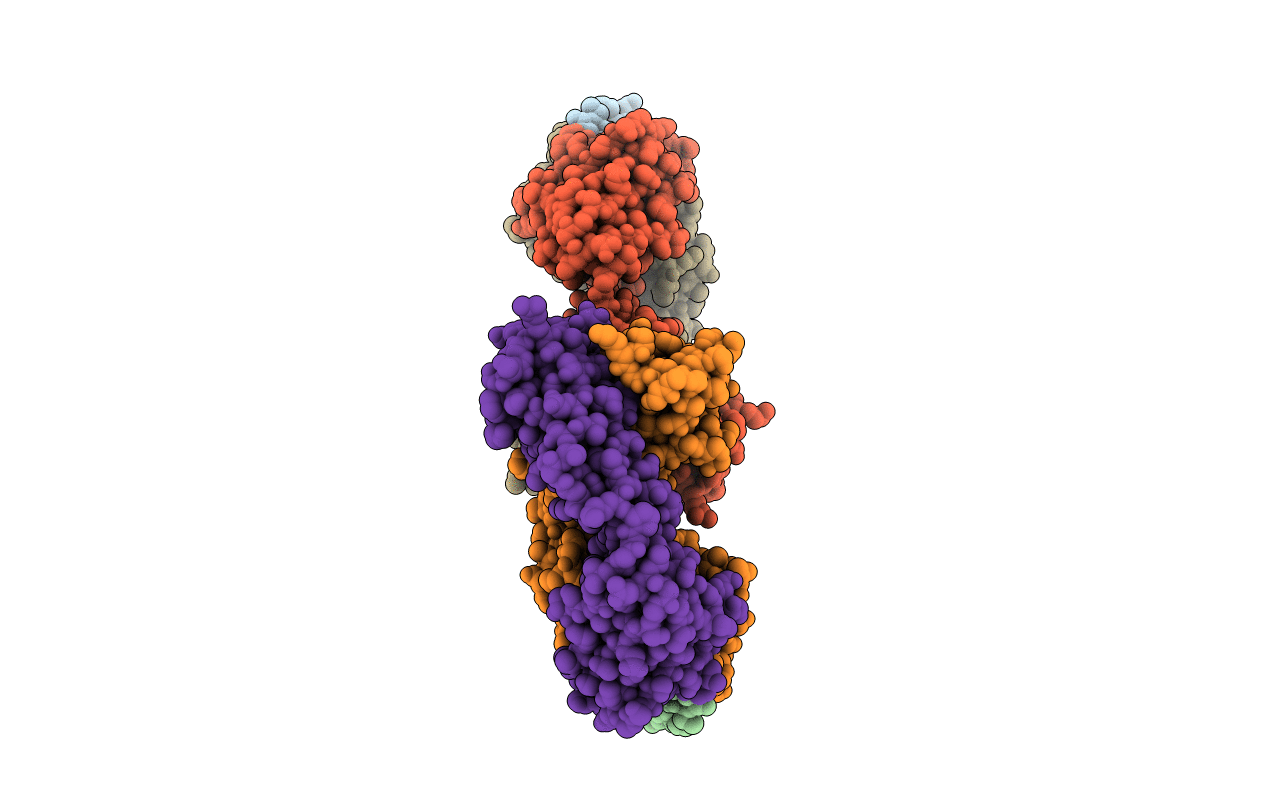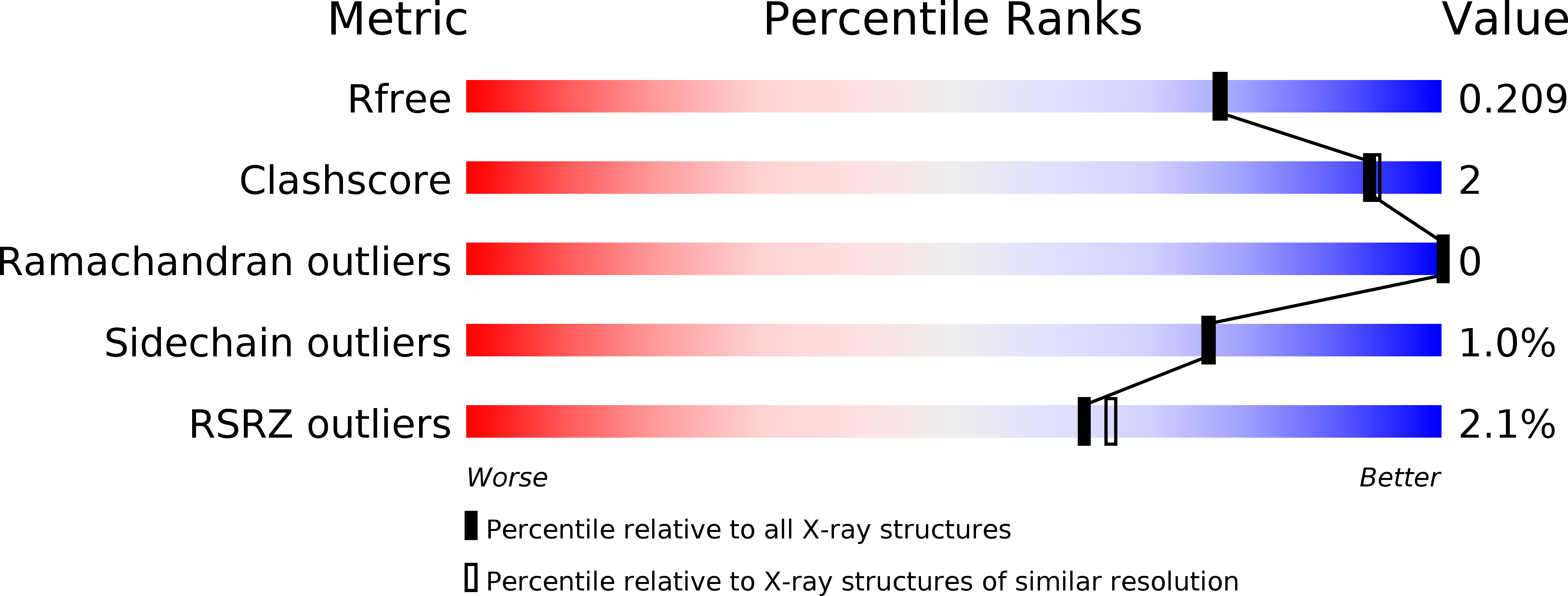
Deposition Date
2012-08-14
Release Date
2012-11-21
Last Version Date
2024-11-20
Entry Detail
PDB ID:
4GLR
Keywords:
Title:
Structure of the anti-ptau Fab (pT231/pS235_1) in complex with phosphoepitope pT231/pS235
Biological Source:
Source Organism:
Gallus gallus (Taxon ID: 9031)
Homo sapiens (Taxon ID: 9606)
Homo sapiens (Taxon ID: 9606)
Host Organism:
Method Details:
Experimental Method:
Resolution:
1.90 Å
R-Value Free:
0.20
R-Value Work:
0.17
R-Value Observed:
0.18
Space Group:
P 21 21 2


